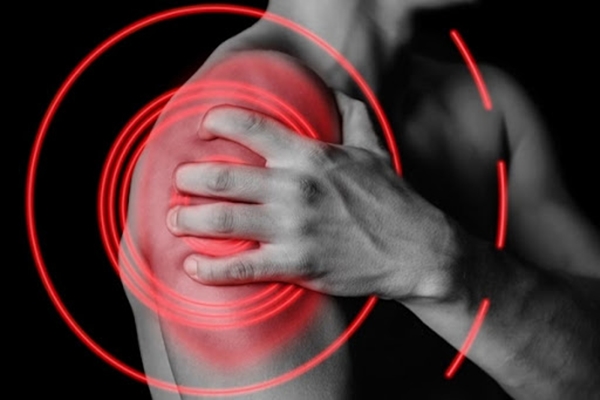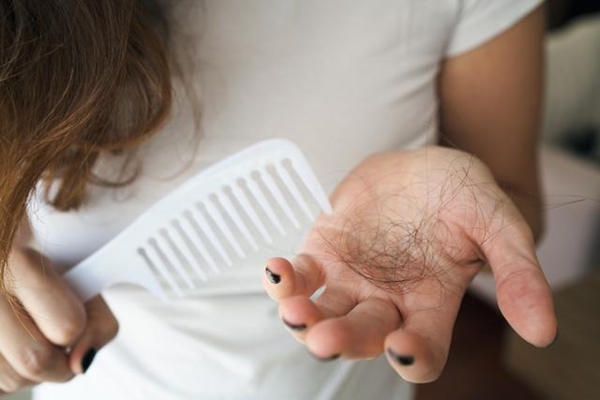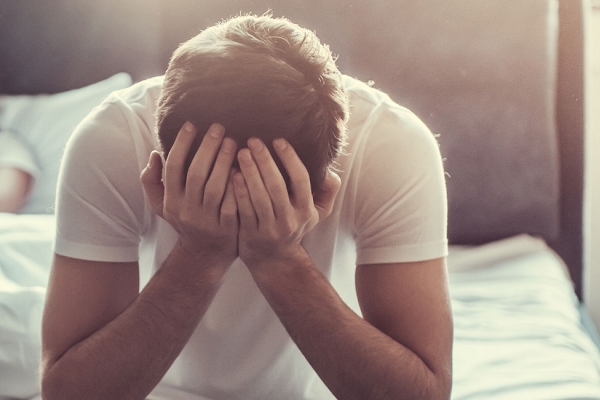Unlike other essential vitamins, vitamin D acts more like a hormone in your body. Although it is found in certain foods, such as fortified dairy products and fatty fish, most people get their daily dose from the sun.
While vitamin D is critical for optimal health, studies have shown that as many as 41.6 percents of adults in America are deficient.
If you display these 11 symptoms, you may not be getting enough of this all-important vitamin.
- You’re sick often
Although low immunity can occur based on a number of causes, vitamin D is essential for helping you maintain a strong immune system. If you find that you’re sick often or are often fighting off infections, a lack of vitamin D may be a contributing factor. Studies have shown that low vitamin D levels may also contribute to colds and pneumonia.
- Poor mood
A vitamin D deficiency has long been linked to depression, which often contributes to seasonal affective disorder.
Dozens of studies have shown this link, as vitamin D receptors have been found in various areas of the brain.
Although this connection is not fully understood, the relationship between vitamin D and select brain chemicals, such as serotonin, may play a role.
- Fatigue
Researchers have shown that when vitamin D levels normalize, symptoms of fatigue improve. As stated in this study, among patients suffering from fatigue, 77.2 percent were vitamin D deficient.
- Bone pain
Vitamin D is imperative for optimal bone health because it helps your body naturally absorb calcium. In many cases, bone pain will become apparent, particularly at night.
This is also why vitamin D is often studied in relation to osteoporosis — a skeletal disease that compromises bone strength.
- Muscle pain is also common
Low vitamin D levels can cause both muscle pain and weakness. In fact, researchers believe that nearly half of all adults experience musculoskeletal pain, most of which suffer from a vitamin D deficiency.
This relationship may be due to the way in which vitamin D affects sensory nociceptor neurons (most often associated with pain sensitivity).
- Hair loss
Stress can cause significant hair loss. However, so can a number of deficiencies, including a vitamin D deficiency.
Studies have found a link between low vitamin D levels and alopecia — a condition that causes spot balding.
- Poor wound healing
If you find that cuts are healing slower than normal, your vitamin D levels may be too low.
Not only does this vitamin contribute to the production of key compounds that assist in the wound-healing process, but vitamin D also impacts inflammation levels.
- High blood pressure
After pooling studies involving nearly 100,000 people, it was found that vitamin D levels were associated with hypertension.
Some research suggests that taking a vitamin D supplement may help reduce your risk of high blood pressure.
- Erectile dysfunction
Once again, there are many variables to consider when you live with erectile dysfunction. Although age and overall health are key contributors, vitamin D levels are also worth investigating.
As reported by Johns Hopkins University, men living with a vitamin D deficiency were 32 percent more likely to have erectile dysfunction in comparison to those with normal levels.
- Sleeping issues
When vitamin D levels are low, your quality and quantity of sleep may be jeopardized. Recent research has shown that low levels of vitamin D are often associated with lower sleep efficiency scores (often scoring below 70 percent — whereas 85 percent or higher are considered healthy).
- Problematic skin
Vitamin D deficiency can cause skin issues, such as eczema. Studies have shown that increased sunlight exposure or a vitamin D supplement can reduce the symptoms with this inflammatory skin condition.
Since vitamin D reduces inflammation, low levels may also contribute to worse acne.
If you are experiencing many of the symptoms above, you should spend a minimum of 15 to 30 minutes outside each day, depending on the season, where you live, and your skin type.











